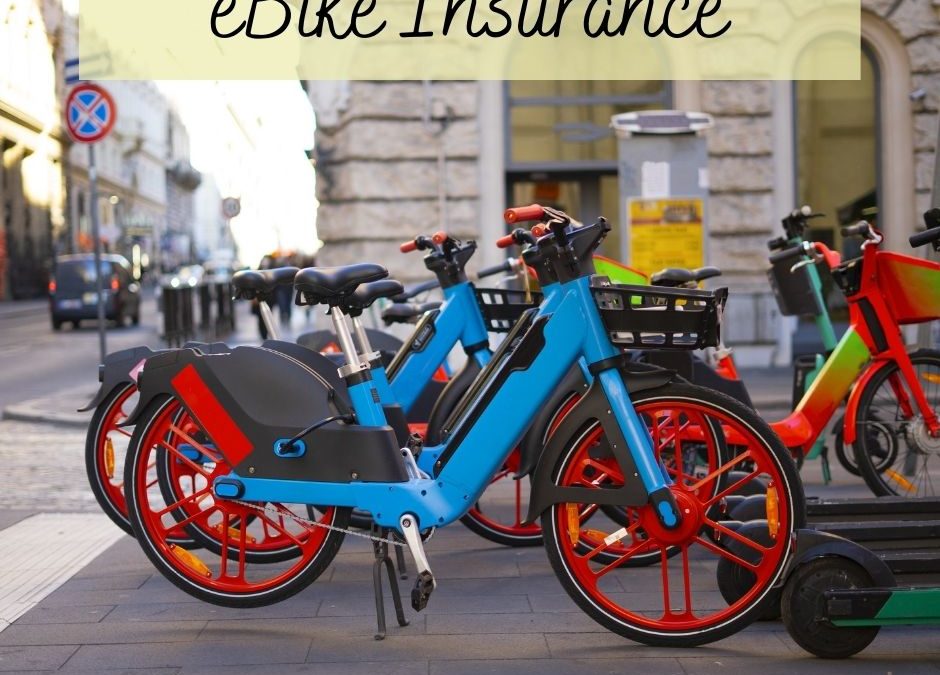Everything You Need to Know About E-Bike Insurance
What is an electric bike? Before purchasing an e-bike insurance policy, it’s vital to have a full understanding as to what an electric bicycle actually is. In the US, federal law defines an electric bike as a “low-speed electric bicycle’ meaning a two- or three-wheeled vehicle with fully operable pedals and an electric motor of less than 750 watts (1 horse power), whose maximum speed on a paved level surface, when powered solely by such a motor while ridden by an operator who weighs 170 pounds, is less than 20 mph.
Do you need insurance for an electric bike?
Operation of the actual e-bike, once it has been purchased, is determined on a state by state bases, which means that some states still classify e-bikes with mopeds and other forms of motorized vehicles, restricting where and how they can be used, with the requirement of licenses and registration, and therefore insurance.
The most important thing when weighing up investing in e-bike insurance is to remember that electric bikes are significantly more expensive than a regular road bike, so the cost of replacing or repairing will hit hard without an insurance pay-out. It’s also worth remembering that without liability insurance, you are, quite literally liable for any claims made by third parties, or taking forward a claim against one.
How much does electric bike insurance cost?
The biggest question for anyone considering taking out e-bike insurance is the cost. Like any insurance policy, the money involved will vary greatly depending on the cost of the bike, the coverage provided, and the insurer themselves.
When shopping for electric bike insurance, you have two insurance options. Either an e-bike specific policy, or tacking it on to your home insurance. There are pros and cons to both options.
E-BIKE SPECIFIC POLICIES
An e-bike insurance policy can cover you for theft, accidental damage, third party and personal liability. Many e-bike specific options will offer similar replacements, or cover the cost of repairing your e-bike if it’s damaged in some way. Some will even provide breakdown coverage and protect your cycling accessories, such GPS units, your helmet, and kit should it be lost, stolen or damaged in an accident. The best thing about standalone e-bike insurance policies is that the claim can be tailor made for you and your bike. This means you have exactly the coverage you need based on the type of riding you’ll be doing on a specific bike.
The other really important coverage that an e-bike specific insurance policy would provide is liability insurance, both personal and third party. This is more like car insurance, where if you were to injure yourself or someone else, or their property, you would be protected from expensive pay-outs.
HOME INSURANCE POLICIES
Adding your e-bike to your home insurance policy is a great idea for people who like to use one provider for all their coverage. Most policies will offer basic cover for e-bikes. Your home insurance provider will want to ensure that you have made adequate and likely additional measures to secure your e-bike at home.
Source: https://www.cyclingweekly.com/news/latest-news/everything-you-need-to-know-about-e-bike-insurance-483684

